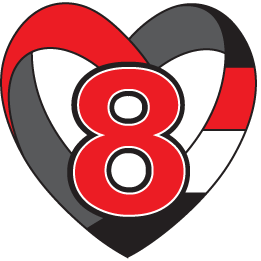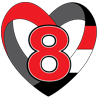
Tips & Tools
Managing your anxiety
TIPP Skills
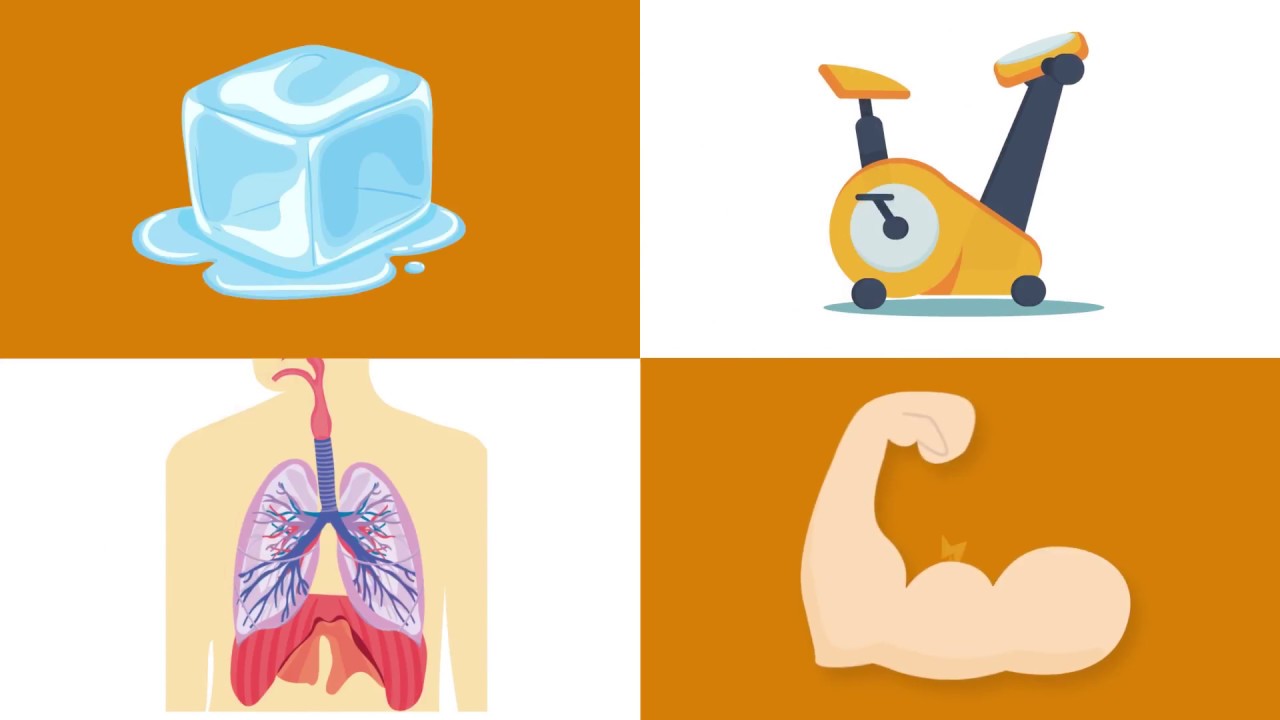
When our brains perceive a threat - real or not - the entire body feels its effects. Heart rate increases, breathing becomes less deep and more rapid, body temperature increases, our minds seem to be going a million miles a minute, and emotions can feel extreme and overwhelming. This can quickly become a vicious cycle, difficult to break.
When anxiety strikes, TIPP skills can be an extremely handy tool to help relieve symptoms, fast! Each of the skills below triggers a physiological response in the body, reminding you that you are safe and that there is no immediate threat.
Temperature
Sometimes called the “diver response” or “diver reflex”, by placing icy cold water on specific spots of the face, you can trigger an immediate calming response from the body. Heart rate slows down, body temperature returns to normal, and breathing rate decreases. *Please do NOT try this exercise if you have a pre-existing heart conditon!*
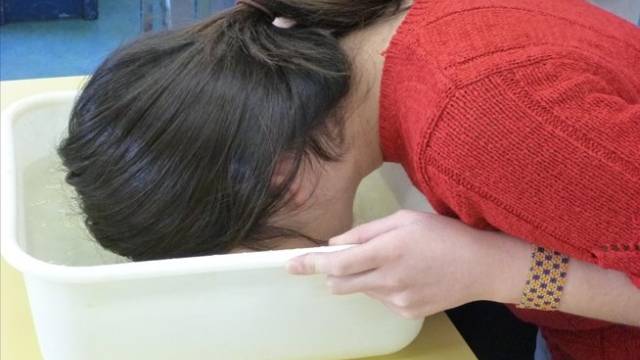
To evoke this response, cold water must hit areas of highest sensitivity on the face, including the temples, forehead and just below the eyes. Some people do so by dipping their face into cold water, others use ice packs; however you choose to evoke the response is your choice. If you can, try also holding your breath (for a maximum of 30s) at the same time to further evoke calmness.
Intense Physical Activity
When we perform high intensity exercise, the hormone adrenaline is released in the body. Adrenaline creates similar physical responses as anxiety. So even after just a couple of minutes of vigorous exercise (ie. jumping jacks, burpees, jog around the block, etc), once we stop, we trick the brain into thinking the adrenaline – and all the physical symptoms that go along with it - is the result of exercise, not anxiety. So when you stop exercising, everything slows down.
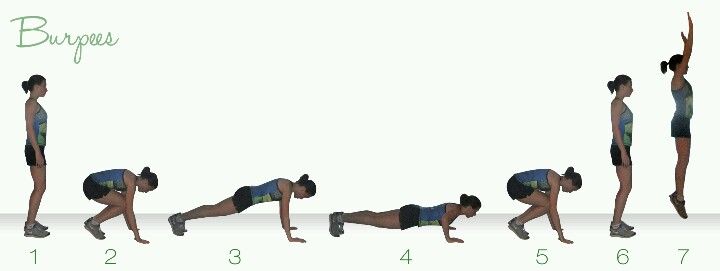
Paced Breathing
Breathing is a simple, yet effective tool to create rapid improvements in anxiety symptoms. Techniques like box breathing, where we breathe in for 4 seconds, hold our breath for 4 seconds, exhale for 4 seconds, then hold our breath for 4 seconds (repeating as necessary) is a perfect example.
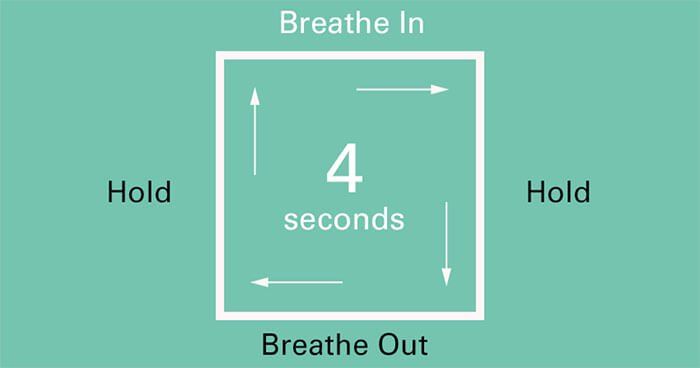
Another great breathing technique is the 4,7,8 breath. In this breathing pattern, you breathe in for a count of 4, hold your breath for a count of 7, and exhale for a count of 8. This breathing technique really allows you to focus on deep inhales and long exhales - which really helps calm the body and mind.
Progressive (or Paired) Muscle Relaxation
When we pair muscle relaxation with deep breathing, we have the perfect duo. It is recommended that you focus on controlling your breathing rate first. Once your heart rate and breathing has begun to slow down, you can introduce this next step. Beginning at your toes, notice the tension. You can even squeeze your muscles so you feel the tension and focus on that one muscle. While squeezing, breathe in deeply. Then after 4 seconds, release the tension in your muscles as well as your breath. Really focus on how it feels to release the tension. Now slowly work your way up your body, focusing on one muscle group at a time.
.jpg)
The best part about these skills is that they can be done from the comfort of your own home. All you need is an ice pack, or a bowl of cold water. Everything else comes directly from you. Try any of these skills, and experience the rapid emotional relief!
- All
-
29 Nutrition
Nutrition
- 73 Mindfulness and Relaxation
- 27 Student Life
- 8 Exercise
- 51 Treatments & Therapies
- Anxiety Resources

Don't see what you're looking for? Send us an email!
©Copyright 2024 Cam’s Kids powered by Kids Help Phone
Not-for-Profit Organization. B/N: 921508-5
Thanks for visiting Cam's Kids. Please remember...
Cam's Kids is not a service provider.
If you are in crisis, please call 911 or go to your nearest emergency department. For free, confidential counselling, contact Good2Talk or Kids Help Phone.
Post-secondary students: find your local crisis resource here.
